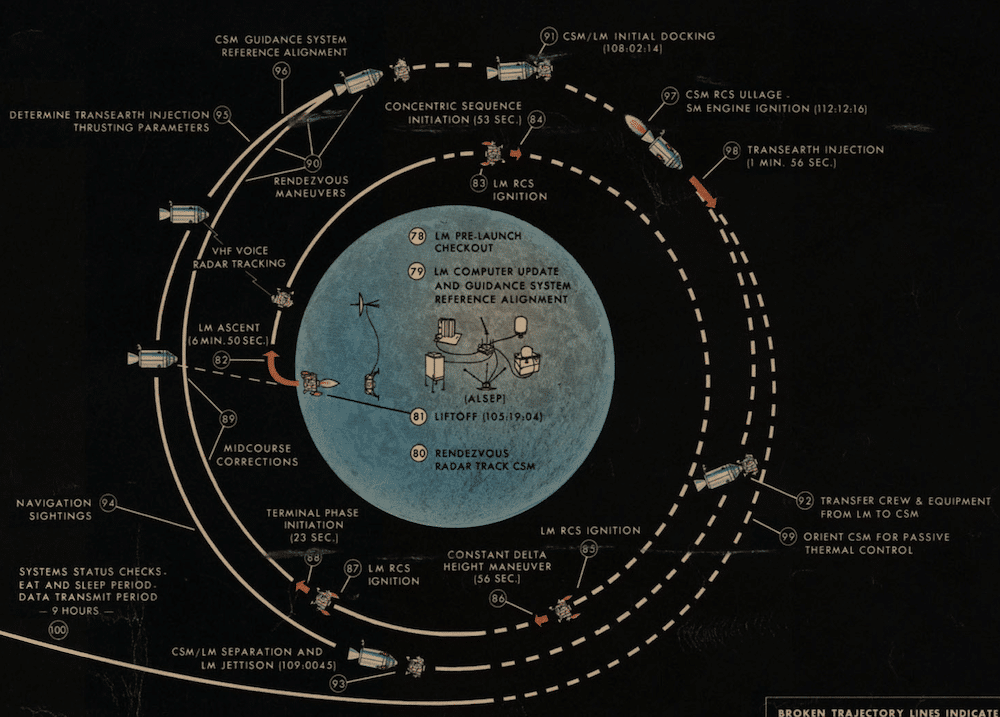It’s no surprise that personalising communications has long been a priority for marketers. But sometimes it’s helpful to remember why, and what the options are. In a world where we are bombarded with up to 10,000 marketing adverts every single day (Forbes), as marketeers one of our biggest challenges is creating relevance and thus engagement.
Personalisation is a powerful tool to help drive engagement and the likelihood that your target will have any interest in engaging with your content.
Personalised calls to action convert 202% better than non-personalised ones.
Jeffrey Vocell of Hubspot analysed over 330,000 CTAs over a six-month period which resulted in this impressive statistic. This article has some other great information and tips like using a button-based CTA before an image-based one, and ensuring that any other page content is clear, educational and encourages action.
97% of marketers report a measurable lift in business results attributable to hyper-personalisation.
Evergage and Researchscape conduct annual surveys to better understand personalisation. They are always worth a read and their 2020 report produced this incredible endorsement of hyper-personalisation. Some more good news for marketers is that this success translates to internal support and investment – music to our ears!
80% of customers are more likely to purchase products or services from brands that provide hyper-personalised experiences.
This research from Epsilon in 2018 wanted to help brands better understand how personalisation efforts can be used to enhance relationships with consumers and improve loyalty. They concluded that hyper-personalisation has a direct impact on a brand’s bottom line.
72% of consumers say they only engage with personalised messaging.
SmarterHQ surveyed over 1,000 consumers about their preferences. The resulting White Paper is full of interesting statistics and learnings to help marketers build consumer trust using hyper-personalisation. This also helpfully takes into account attitudes around GDPR and strikes the balance between building a relationship based on your customer’s likes without creeping them out by knowing too much.
33% of customers have abandoned a business relationship because personalisation was lacking.
A piece of global consumer research by Accenture uncovered this unfortunate reason for loss of business – read about this and other insights in their Put Your Trust in Hyper-Relevance report.
Ranking of the UK’s leading brands for customer experience showed that the best companies were the ones that were able to connect with people (“the pillars of personalisation”).
KPMG referenced the Six Pillars of branding in their report, concluding that hyper-personalisation is a key driver of customer experience strategy.
So, by now we’ve all agreed that hyper-personalisation is an important part of business strategy. We spotted it ourselves when we tested a mailing list (surprise! If you received an email with a link to this blog, you were probably one of our subjects). We sent non-personalised emails to our list for 11 months and in the 12th month we sent a hyper-personalised one. Click-throughs for the email with the personalised one were 10 times higher than the previous emails we’d sent!
Of course, personalisation is great, but the content that follows that initial promise of something ‘for me’ must be rich and again relevant. Otherwise, your impression CTR will only then lead to disappointing dwell times or conversion rates.
Until the introduction of hyper-personalisation to email marketing, which obliterated previous stats and therefore perception of what could be achieved. McKinsey and Statista confirmed more than a 20-fold increase in sales by adopting hyper-personalisation.
Hyper-personalisation solutions vendors have enormous distinctions, but they all use every facet of data collected through your ecommerce platform, including much not stored on many including Shopify and Magento, but rather by UTMs used by these specialist plugins, that retrieve the information for you. We then analyse it to identify what each unique consumer is most likely to buy next and when. When doing your calculations take into account that it is 100% autonomous, so deduct all staff overheads.
Imagine knowing exactly what each person will buy next, and having a means to be able to present exactly those items to them, before anyone or anything else in the world gets a look in. (Abhorring segmentation, as the practice of shutting the wrong people in a box together gets what it deserves – very little return.)
Only you have the benefit of the knowledge of everything going off on your website. There is a pattern created by each consumer’s activity, each visit for example typically leaves 100 impressions per visit, Each suggests a strategy both rare and personal to that one individual. Not forgetting what they don’t look at, or fail to be attracted by, at that instant is equally important to clear the way for important things.





